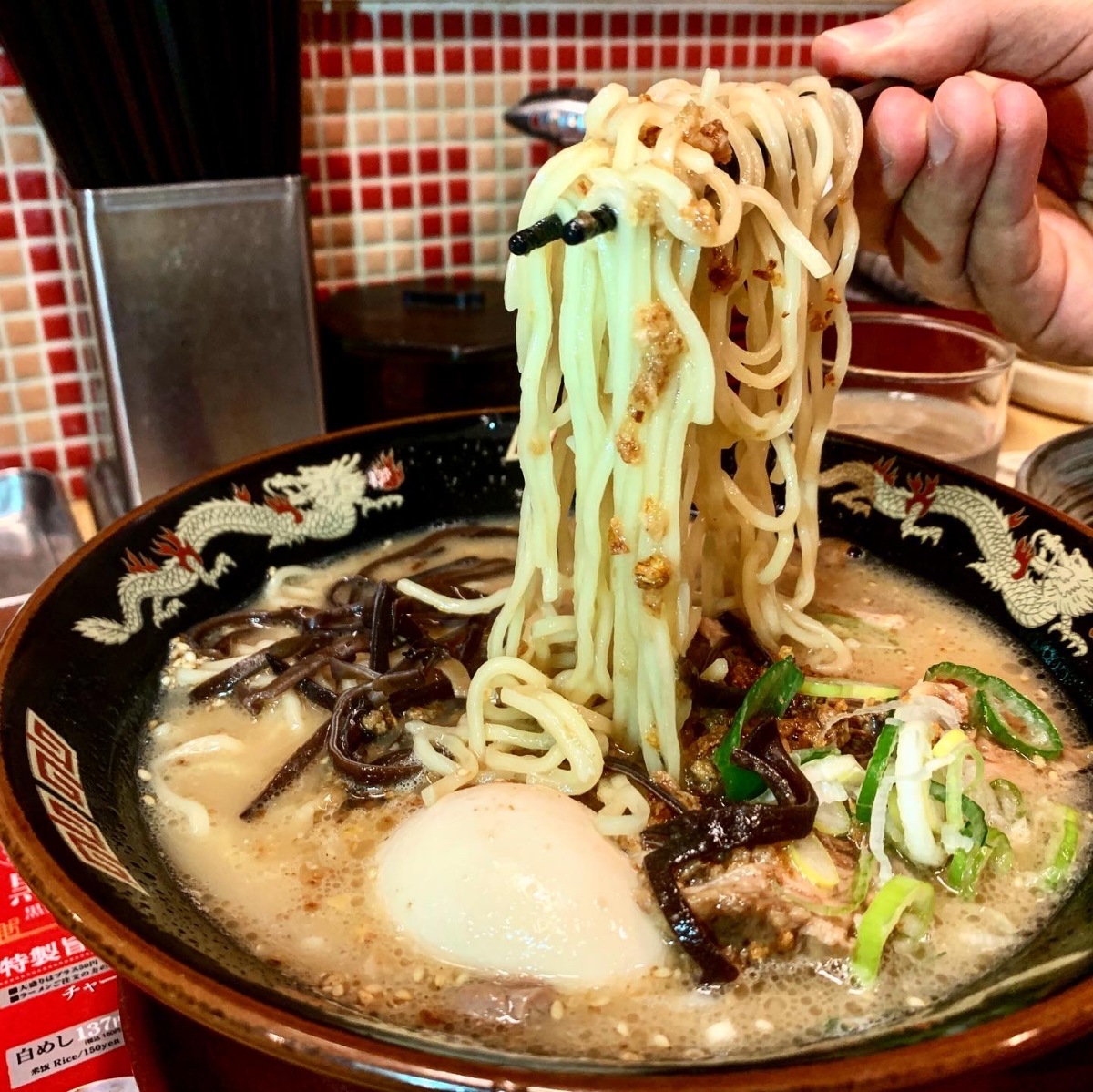In major Japanese cities, you will walk past hundreds of little noodle shops dishing out giant, steaming bowls to men and women slurping away. Noodles have been a staple of Japanese cuisine for a few thousand years, as they are cheap, easy to make, and a good source of calories to make it through the day.
There are all sorts of noodles served all sorts of ways. And each region has its own specialties that reflect local tradition and flavors. With that being said, there are three noodle varieties that you will see everywhere:
soba, ramen, and udon.
What’s the difference between these 3 types of Japanese noodles?
Here is a break down so you can be a noodle-wiz the next time you dine at a Japanese restaurant.
Soba:

Soba is a noodle made out of buckwheat flour, a bit of wheat flour, and water, and is usually either served in soup or chilled. The buckwheat adds a slightly nutty flavor, but more importantly, it adds a good dose of vitamin B, thiamine, iron, and other vitamins to your diet. I personally enjoy it in the soup variety. Particularly when it comes with pork, fresh herbs, and a raw egg cracked on top like the one you can snag at Okinawa Soba Eibun
I desperately tried to pin point the origin of soba to give you a bit of history. But alas, each source seemed to point to a different answer. Regardless of where it came from, Soba is a quintessential Japanese noodle that should be on your must try list when visiting Japan.
Ramen:

I grew up associating ramen with those dried noodle packages with a sodium-packed broth you could get for less than $1. My mom would let me have it every now and then as a treat, and I remember LOVING the lime chili shrimp flavor. I haven’t had it in about 19 years because I rather live with my invented memory of dried ramen being delicious. But since then I have had the treat of trying real ramen.
Authentic ramen is composed of thin Chinese wheat noodles which are made from wheat, water, and baking soda, and is usually served in a fish or meat based broth that is topped with meat, seaweed, and green onion. It is aromatic and jam packed with flavor to make for a delicious sensory experience.
Ramen came to Japan from China several centuries ago, and there is quite a bit of contention as to the exact way, place and time it occurred. Regardless of how it got there, by the beginning of the 1900s, ramen became wildly popular and ramen shops popped up through Japan. Come WWII, Japan faced major food shortages and the government imposed tight food rationing laws and shut down all restaurants and food carts. A ramen black market arose. Food stall vendors would hit the streets during the night as starving Japanese citizens sought out calories for sustenance.
As Japan underwent a post-war boom, Ramen rose back up in popularity, and took off in 1958 when Momofuku Ando created the instant ramen we know and love today.
In Japan, you’ll find ramen shops everywhere, and it’s one of the most popular types of Japanese noodles.
Udon:
Udon noodles are thick slurping noodles made from wheat flour, salt, and water. They are mild in taste and chewy in texture, and I find them quite delicious, filling, and satisfying. Udon is typically served either in a soup or chilled, and just about every Japanese restaurant will have at least a few udon dishes.
As with Soba and Ramen, the history of the origins of Udon is heavily debated. So I’ll leave that one with a question mark, once again.
2 thoughts on “A Quick Guide to 3 Types of Japanese Noodles”
ramen and udon are great! Not a bit fan of the soba though, not sure why… always seemed to have it served with something a little sour
Lol, same as Andy!!